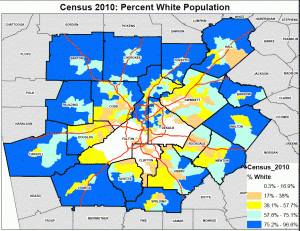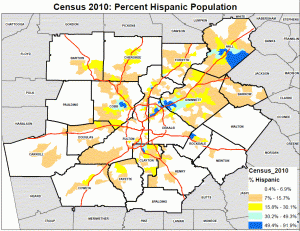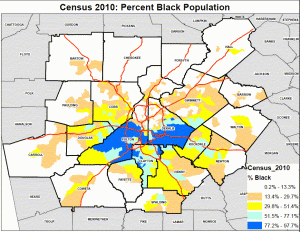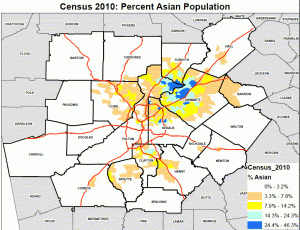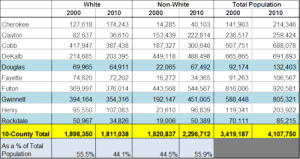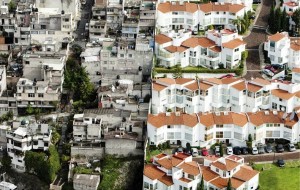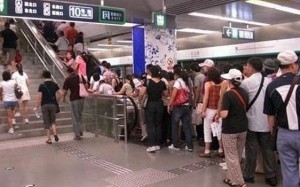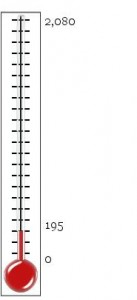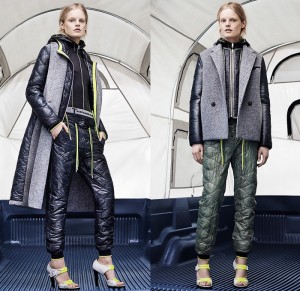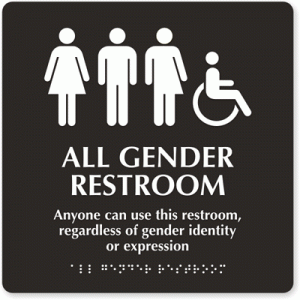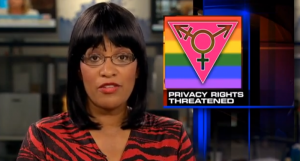Pick a topic and draw a conclusion from all the research conducted.
(Thesis & claims)
MARTA
evaluating the maintenance of the MARTA train stations.
- how they appear on the outside versus the inside.
- why users allow poor accommodations.( comparison to Uber’s luxury car service or even Atlanta Air Port) – You would never in a million years see the airport looking as unwelcoming as the MARTA train stations.
- Profit Margins
- cleanliness
- minimum requirements
- last known construction or remodeling
- crime rates
MARTA is a means of transit not only for residents but for tourist as well. Why does it give off the impression that it is only made for the poor. Why does it feel like an abandoned tunnel made into a (pit) for the homeless? most of the elevators or emergency phones are out of service or poorly maintained.
MARTA(train) creates its own traffic. fastest mode of transportation around Atlanta.
Thesis: The built environment of MARTA train stations forces minorities to conform to the poor conditions of its facilities.
